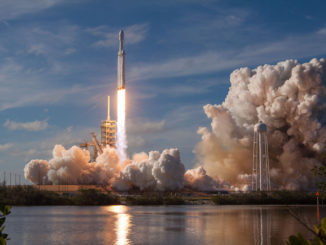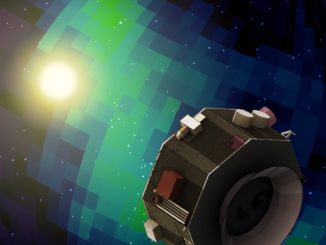
Space Weather

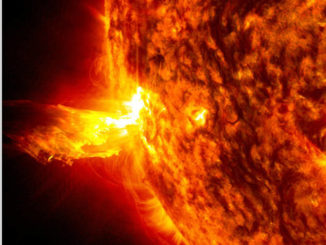
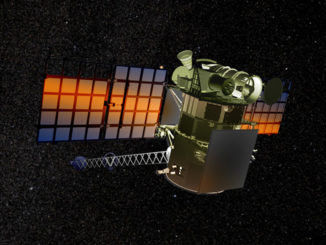

Earth observation, deep space exploration big winners in new ESA budget
European Space Agency member states on Thursday committed nearly 12.5 billion euros ($13.8 billion) to fund ESA programs over the next three years, promising money to grow Europe’s fleet of satellites studying Earth’s changing climate, contribute to NASA-led lunar exploration efforts, and continue ESA’s participation in the International Space Station until 2030.
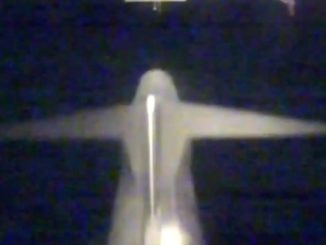
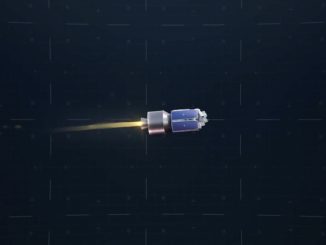

Live coverage: NASA’s ICON satellite successfully launched
After a 24-hour delay due to poor weather, an air-launched Northrop Grumman Pegasus XL rocket fired into orbit at 9:59 p.m. EDT Thursday (0159 GMT Friday) after release from a carrier jet at an altitude of 39,000 feet over the Atlantic Ocean northeast of Cape Canaveral. The Pegasus rocket carried NASA’s ICON satellite into orbit to collect measurements of the ionosphere.
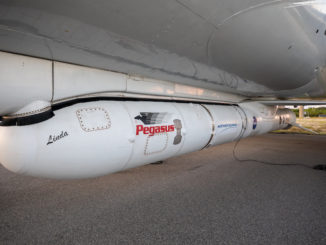
Pegasus rocket ready for airborne launch with NASA scientific satellite
After a year-long delay to troubleshoot recurring erroneous data signatures from the rudder of Northrop Grumman’s air-launched Pegasus XL rocket, NASA is eager to send a $252 million research satellite into orbit as soon as Thursday night off Florida’s east coast on a mission to probe the ionosphere, a region near the boundary between Earth’s atmosphere and space.
